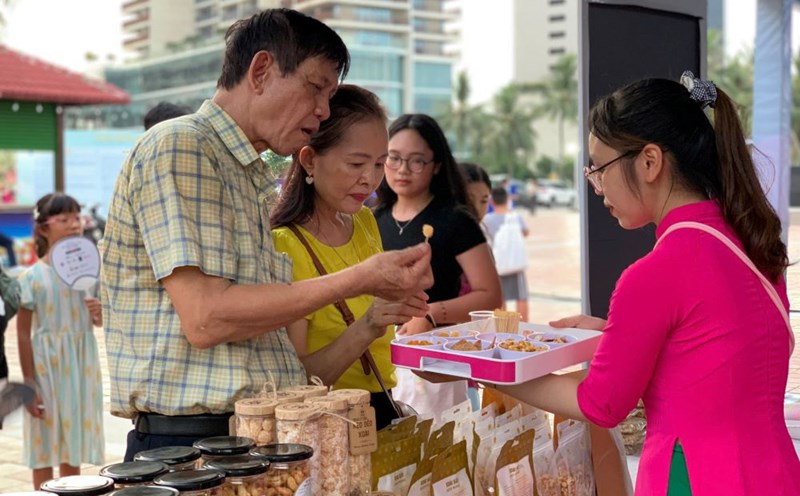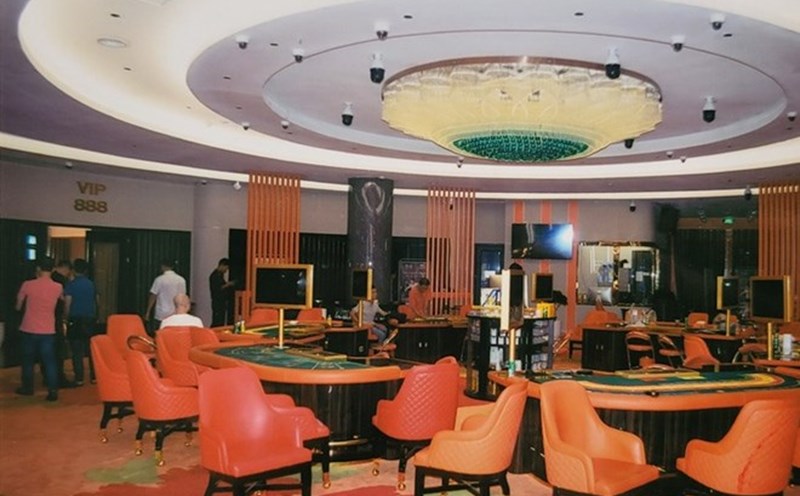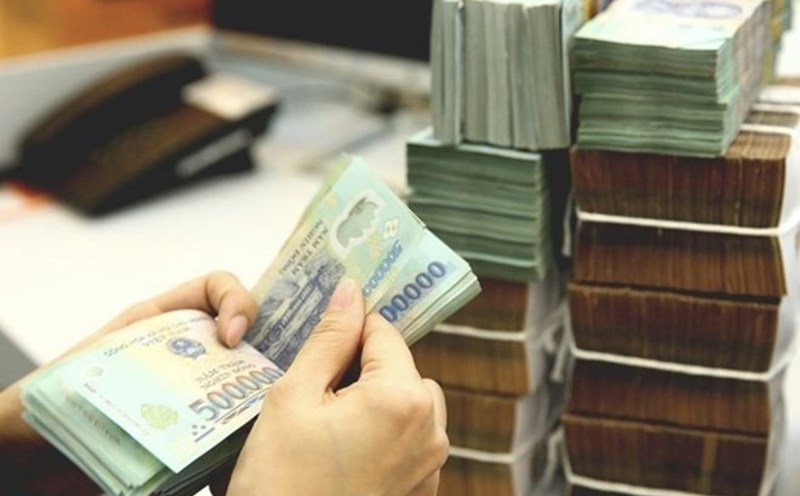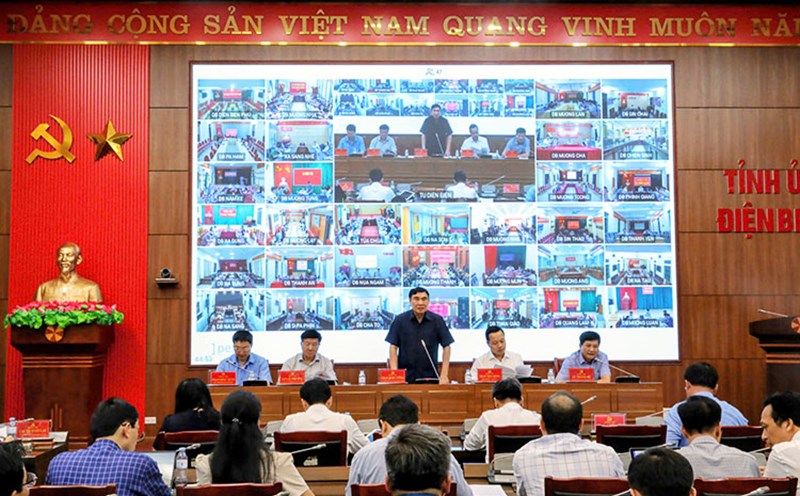This is an inevitable result of a process of innovating the thinking of cultural communication, instead of conveying the one-sided "emotional command" as has long been, organizers have now begun to create spaces for emotions to form themselves in the public.
Political art has long been not only enjoyed by the audience but also by performers and organizers, it has been identified as a product for the audience, mainly serving political tasks, not for the majority.
However, recent "National concerts" show the opposite when held "nearly" and create strong inspiration and attraction for the public from promotion, form to content.
In particular, the appearance of many young artists who are loved by the public, mixing revolutionary music, and staging the stage in contemporary language has helped bridge the gap between generations.
Young artists today do not change the spirit of revolutionary songs that have gone through the years but only change the way of telling them so that anyone, every generation, can feel and feel their shadow in those lyrics and melodies.
The messages of patriotism and pride in the glorious past of our ancestors are no longer just slogans or dry stories, forms that have reached the deepest level in the community's mind.
More importantly, when history is blended and spread with the breath of contemporary art, it not only arouses memories but also helps to inspire action in the community.
The initial success of the "National concerts" also brings greater expectations when it shows that this is a very important branch of the long-term and sustainable development strategy of the national cultural industry.
Of course, whether organizers and producers can replicate, maintain and develop this cultural model long-term on a large scale or not depends on many factors. The most important of which is the budget - huge capital, to script ideas, artistic materials and communication methods.
Finally, patriotism and pride in the glorious past of the nation and their ancestors must not only be nurtured by memories but also be awakened by artistic experiences as well as put one foot outside the framework of rituals.
Those experiences will be the bond that connects the generations yesterday, today and tomorrow together, under a single star on the national flag.











